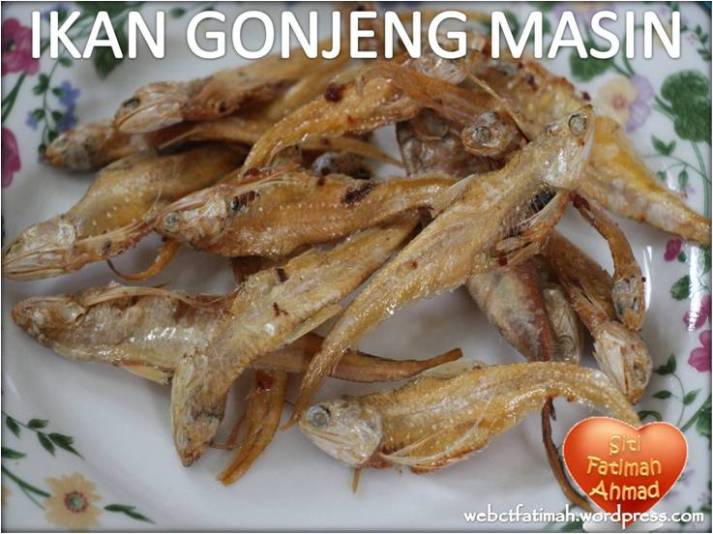
(Kwang Hua Primary School,Sibu, Ceramic Water Dispenser which was manufactured by Yik Huo Co.)
An old school water dispenser reminded me of the days when we were children unaware of treated water. Although all mothers would boil Rajang River water for drinking, often when thirsty the kids would just drink stream water or water found in the river garden. I cannot remember any one of us had diarrhea from drinking such water.
But, most primary schools offered free thin tea or free boiled water which a care taker or the wife of the Headmaster would boil. I remember two water dispensers in schools - Kwang Hua School where my cousins studied, and Kwang Ang School, where my aunts and cousins went.
Like Cambodian children, we also drank rain water stored in the recycled diesel drums.We were then so innocent.
Many of my peers went to their rural primary school bare footed because they were poor and in reality they did not have to wear shoes because the foot paths were muddy and at times they had to walk on rubber tree roots. Wearing shoes would mean that they would slip. They needed their toes to grip the rubber tree roots. And when they had to cross some small streams, on fallen tree trunks, it would be best that they were bare footed.
By the time they reached Form One to join me in a good secondary school, their feet were flat, toes widely spread out and did not fit into school shoes well. They often suffered from blisters from wearing poorly manufactured rough canvas shoes and some even had foot sores from over exposure to water and mud.
A water dispenser in a primary school like this one, from Kwang Hua Primary School, was a luxury. Even if thin warm tea was in the dispenser, it was more than welcome.
An old uncle used to tell us stories that he was so poor that his mother could not make lunch for him to bring to school and the thin tea was his lunch. He said that he was so thin that a wind would blow him off the ground. But he was a very determined and strong man.
He was a man of good upright character, a great English teacher who produced a whole generation of good students and a good Principal.












 chow chai - hung ngang and
chow chai - hung ngang and


















